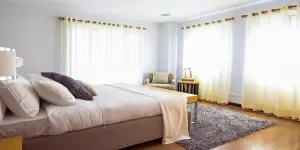The LED panel light market is experiencing rapid growth. It had a market share of $75.8 billion in 2020, expected to grow to $160.03 billion by 2026. This is because LED panel lights are replacing traditional fluorescent ceiling lights throughout commercial and residential buildings in many countries.
Choosing suitable panel lights to sell will attract buyers, so stocking appropriate ones is a wise choice. This article will help by explaining the popularity of LED panel lights, examining LED panel light features, and revealing how to select relevant products.
Table of Contents
Why LED panel lights are popular in homes and businesses
Types of LED panel lights
Features of LED panel lights
How to choose LED panel lights appealing to buyers
What’s next?
Why LED panel lights are popular in homes and businesses
There is demand for LED panel light fixtures in many regions, with high growth in North America and South Asia. Between 2015 and 2020, estimated LED penetration in the lighting market increased from 18% to 61%. LEDs are cheaper to manufacture, and more consumers desire sustainable lighting with lower energy costs.
There are also other drivers of LED panel light adoption. Advancing LED light technology has led to interest from the commercial sector. This includes schools, hospitals, stores, and offices. Speed of installation and instant starts are additional drivers of demand.
Types of LED panel lights
Size
LED panel lights come in 4 typical sizes, which are 60cm x 60cm, 30cm x 120cm, 60cm x 120cm, and 30cm x 150cm. Each size has a different applications. 60cm x 60cm ceiling lights are appropriate for offices while 30cm x 120cm LED lights are better for meeting rooms.
There is a higher demand for conventional LED panel light sizes. These include 60cm x 60cm and 30cm x 120cm. The size determines where the lights are suitable for. These include locations like home offices, conference rooms, and canteens.
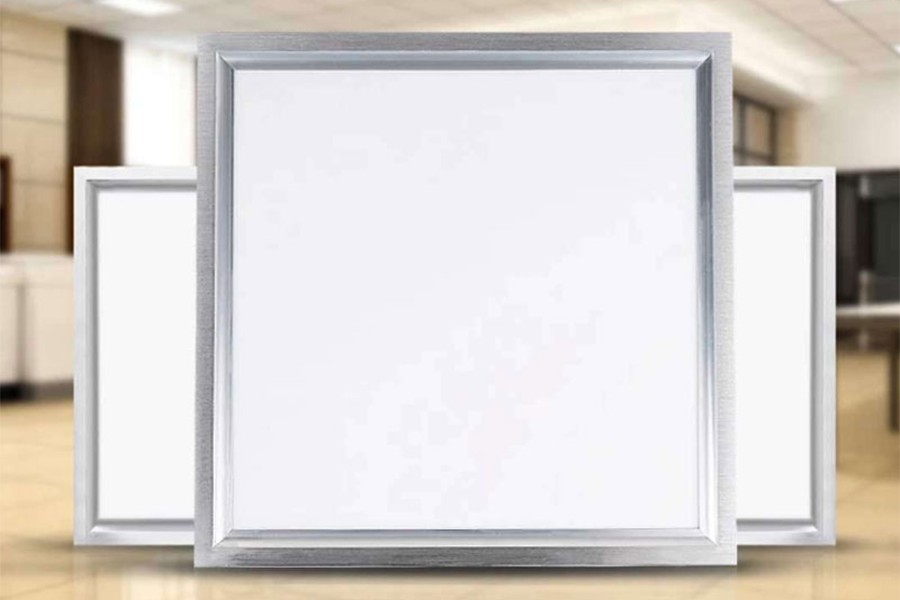
Installation method
Buyers can install LED lighting panels in many ways, depending on their purpose. Three different installation methods are used for suspended, surface-mounted, and recessed LED light panels. Suspended flat LED light panel installation involves cables that hang from ceiling mounts. Surface-mounted LED panel installation requires mounting kits, while recessed LED light panel installation ensures the lights don’t protrude.
Recessed lighting often gets chosen in residential settings like kitchens, closets, and living rooms. Surface-mounted lighting creates better lighting conditions in office blocks and has many advantages. These include having a modern look and a uniform light output. Suspended panel lighting also has industrial applications, like warehouses and shopping malls. But suspended and surface-mounted panels don’t look as sleek as recessed panels.
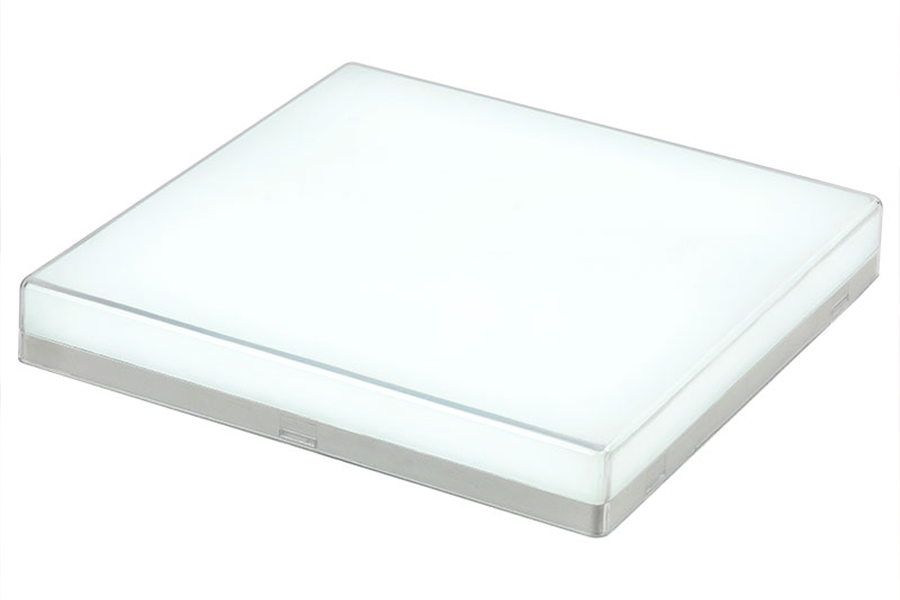
Features of LED panel lights
Lighting source
LEDs on panel lights are in one of two places. This determines how the light gets emitted, guided, and diffused by the light panels. Edge-lit LED light panels have LEDs on the frame’s edge, and light gets emitted sideways. It’s then dispersed using a light guide plate. Back-lit LED light panels feature LEDs on the back of the frame, with no need for a guide plate.
Edge-lit LED panel lights and back-lit LED light panels have similar demand levels. The main difference is the absence of a guide plate on back-lit panels, increasing energy efficiency and reducing costs. Some edge-lit panels degrade over time depending on the guide plate material.
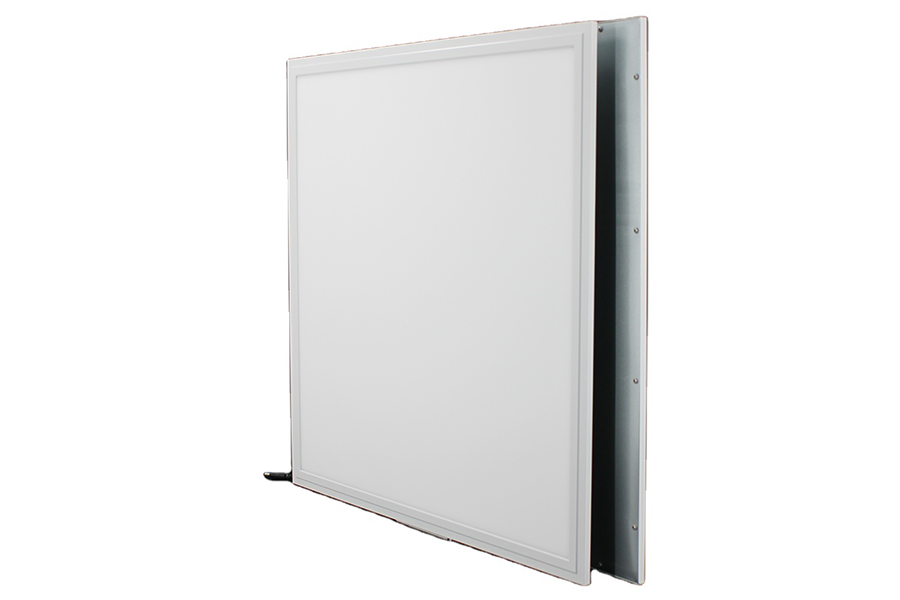
Color temperature
Residential and commercial buyers prefer different color temperatures. Wholesalers can appeal to different buyer categories using the K rating.
2700K LED lights get associated with intimate, cozy, and personal settings. These include living rooms, bedrooms, and restaurants. 3000K LEDs get perceived as warm and calming and get used for bathrooms and kitchens. 3500K LED panel lights provide a balanced, friendly, and inviting look. This makes them suitable for office space, and retail stores. 4100K panel lights create a precise, clean, and focused appearance. This makes them appropriate for garages and grocery stores.
Commercial demand for LED panel lights has grown. This means wholesalers can expect cool white LED lights to become more prevalent this year.
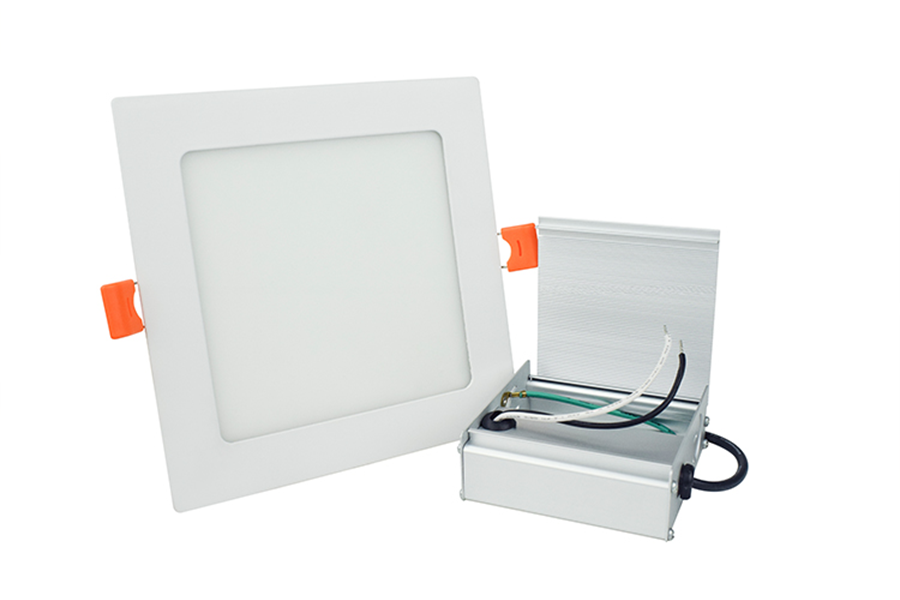
How to choose LED panel lights appealing to buyers
Buyers of LED panel lights vary depending on the space available and the purpose of lighting. Home environments are suitable for warm lights. Office and hospital environments are appropriate for cool lights.
Edge-lit and back-lit LED lights are similar, but the lack of a guide plate on back-lit lights improves energy efficiency. This makes them suitable for positioning toward buyers with a focus on sustainability. Because both types are in demand, it’s sensible to provide a mixture of edge-lit and back-lit LED lights.
Buyers preferring recessed installations are likely to be residential buyers. Buyers of surface-mounted or suspended panel lights will have commercial or industrial interests. In any case, LED panel light size is relevant to all target buyers. A reliable approach is to select LED panel lights in the two most in-demand sizes covered earlier in the article.
What’s next?
LED panel lights are helpful in many contexts, including residential, commercial, and industrial. Their versatility stems from the various available installation methods, sizes, color temperatures, and lighting sources. As the world advances, there is a growing demand for LED panel lights for various purposes. Examples include retail, manufacturing, healthcare, and interior design.
LED panel lights form a growing segment of the lighting market. It’s wise to capitalize on this trend by stocking LED panel lights for customers to choose from. The LED panel light market is also projected to grow in the years ahead, meaning sales figures should rise over time.
